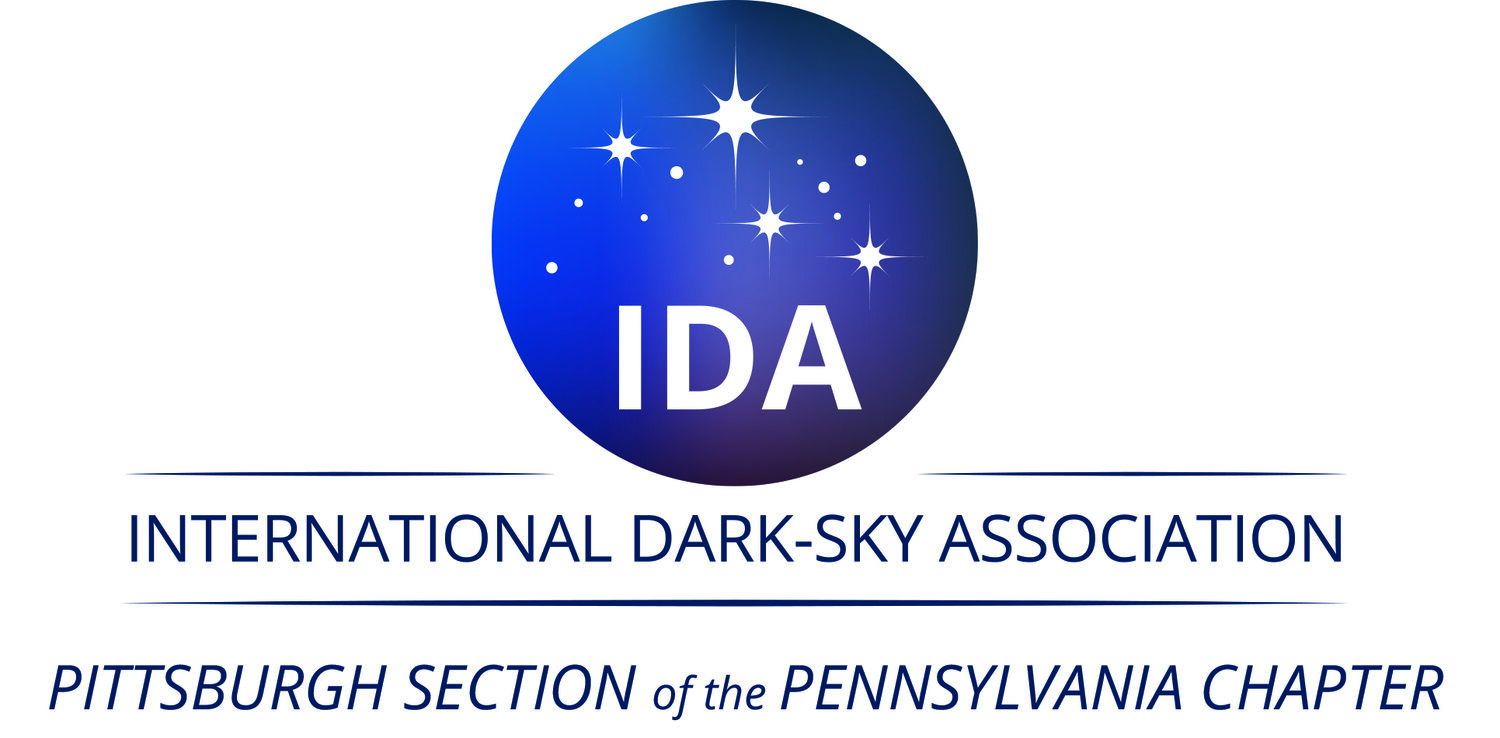Speaking Stars with Dr. Siska de Baerdemaeker: a unique perspective
by Ankita Kalkar
Approximately 4000 miles away from where I am currently located lives a short-haired, passionate scientist. In the brief half hour that we spoke, the tone with which Dr. Siska spoke was clearly very animated — even though we were miles apart. When I asked her why she first became interested in cosmology, her eyes shone as she replied with, “There is a childlike excitement that I genuinely have about studying the universe… the stars and the night sky just speak to your fascination because it looks so unfamiliar to us.” She further elaborates on a more intellectual note by asking “How is it possible that science can teach us so much about the world around us? I think the challenges that cosmology currently faces are sort of pushing that question to its limits.” We went on to discuss how abstract the whole field is and how areas in cosmology and astrophysics such as dark matter are unlike anything we’ve studied on Earth.
After my enlightening conversation with Dr. Siska, it’s like a Pandora’s box has been opened in my mind with questions about the universe.
-Ankita Kalkar
Reflecting back on our conversation, I realized how wrapped up in our own lives we are and how we never stop to entertain our curiosity and ponder why the universe is the way that it is. What happened before the Big Bang? What’s inside a black hole? There are so many unanswered questions that haunt scientists. Dr. Siska’s current research has to do with the philosophical underpinnings of cosmology and astrophysics as a scientific discipline. She described the premise of her work to be that cosmologists follow an unorthodox method to scientific discovery as compared to the typical scientific method that most other fields use. She described the difference between cosmologists and other scientists by stating “Cosmologists are constructing this model of our 13.8-billion-year-old universe and they think they have a pretty good grasp on it, but that’s kind of surprising given the fact that the universe is so big. There’s only one of it and we can’t really put it in a lab. We can only look at it from our Earth.” Dr. Siska studies the unique techniques astronomers and cosmologists use and attempts to answer questions like what makes cosmologists able to create knowledge about the evolution of the universe and how do cosmologists go about their experiments and observations?
While Dr. Siska isn’t a cosmologist herself (her doctorate is from the University of Pittsburgh’s History and Philosophy of Science Department, one of the highest regarded such departments in the world), she has a passion for the field and loves to immerse herself in the brilliant breakthroughs cosmologists make. Unfortunately, a huge barrier to observational cosmology is light pollution, which was relatively severe in Belgium where Dr. Siska grew up. When she moved to the US, she saw her first clear night sky and remarked how it, “made me realize I missed out on a lot of stars when I was younger. It’s a humbling experience. The other thing is that it made me very excited for the physics research that’s happening. It shows you how much more is happening and how much there is to be done, which made me really excited.” We also conversed about her experiences stargazing. Although few, she hopes to do more night sky observing in the future.
While speaking at an event at Allegheny Observatory, Dr. Siska observed a double star and the Moon which she stated, “Seems like one of the least spectacular things you can do, but it was actually incredibly cool to look at the Moon up close,” primarily because of the history behind it and how being able to look at the Moon through a telescope was a huge thing when you’re just starting out to learn what is out there in the universe.
Even though there is so much yet to discover in the universe, light pollution is becoming a greater and greater obstacle, sometimes forcing astronomers to flee to more remote locations to observe the universe. When discussing light pollution Dr. Siska noted that “If you’re interested in cosmological and astrophysical observations, you obviously want to make sure they can happen in the best possible circumstances and light pollution is going to be a big challenge to that. So, bringing light pollution under attention and creating awareness is a small way that I can also contribute to successful cosmological practice.” To see the stars shine down on us again and answer burning questions about the universe, we must address light pollution in our communities—for the advancement of science.
After my enlightening conversation with Dr. Siska, it’s like a Pandora’s box has been opened in my mind with questions about the universe. The mystery and allure of the unknown attracts scientists from all over the world who are trying to understand our place in the greater context. Questions that will never be answered if our looking glass is clouded with extra light.

